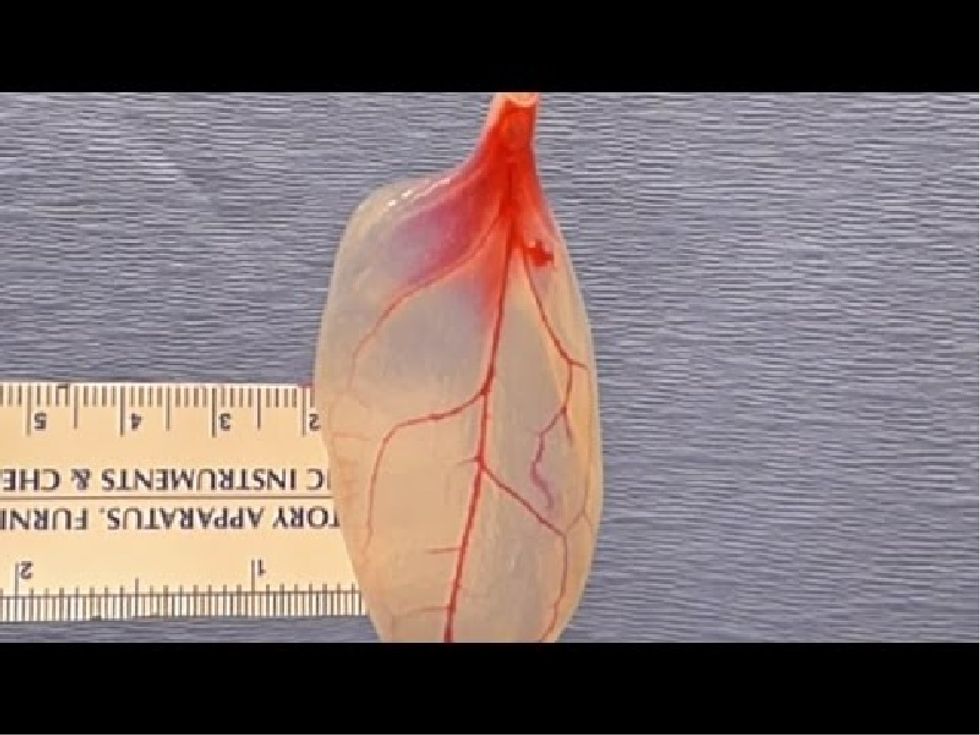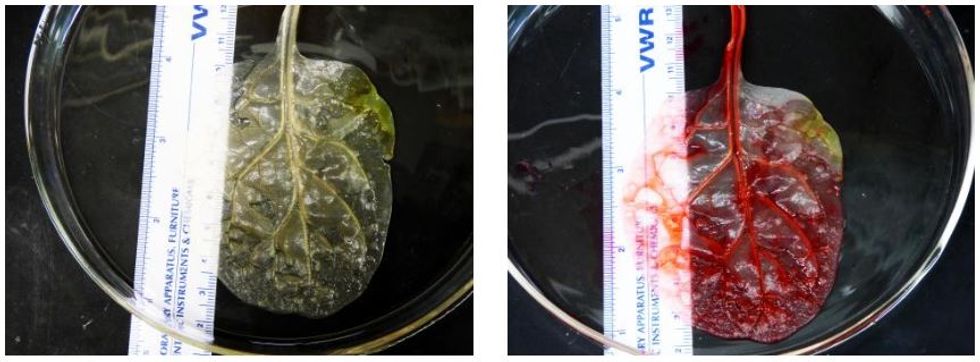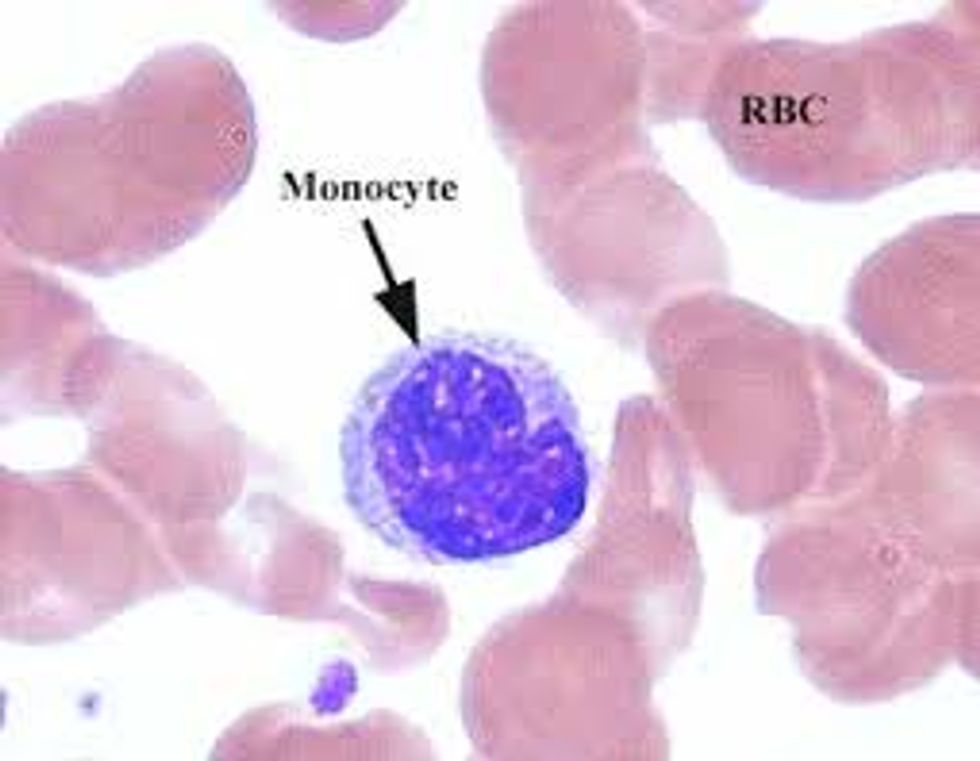A recent scientific breakthrough established by the Worcester Polytechnic Institute has made leaps and bounds in the development of a human heart from practically nothing. In past attempts, the hardest part about creating a human heart (as scientists have done with ears, lungs, and skin) is establishing a working vascular system. However; these scientists got over that hump by using a template, a spinach leaf.
The spinach leaf is a great leaf to use for this: it has a large vascular system for transportation of water and minerals, and also has a propensity to round, almost like a human heart.
But How Was It Done?
First, the leaf was decellularized, leaving a cellulose scaffolding. Human cells cannot digest cellulose as we lack cellulases, the group of enzymes required for its breakdown. This means that the scaffolding cannot be used for energy and will remain in the structure. A great property of the cellulose scaffolding for a human heart, is its flexibility. Cellulose’s flexibility will allow for the heart to beat, fluidly moving with the blood flow.
After obtaining just a cellulose scaffolding, human cells were grown on the scaffolding to give a new heart like shape to the template. If this proceeded into human trials, heart cells would be extracted from the patient’s heart to be grown onto the template. This will decrease the chance of organ transplant rejection.
However, the biggest achievement this discovery accomplished was demonstrating a flow of liquid through the veins. Because the newly grown human cells on the leaf resembled a clear color, microbeads about the size of the largest blood cell (monocyte) was mixed with red dye and pumped through the veins. And it worked! The veins were large enough to carry through the largest cellular component of about 20 micrometers in diameter.
This step was the hardest of them all due to plants only needing to carry up water and minerals through their veins (which are nanoparticles); which led scientists to believe they did not have the capacity to carry microparticles.
Regardless of their doubts, they tried it anyways and it paid off. While this research is still brand new, its potential is beyond its years. Hopefully this project will receive the funding by the NIH (National Institutes of Health) that it deserves.
























